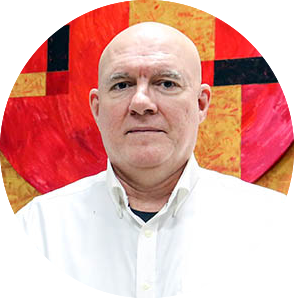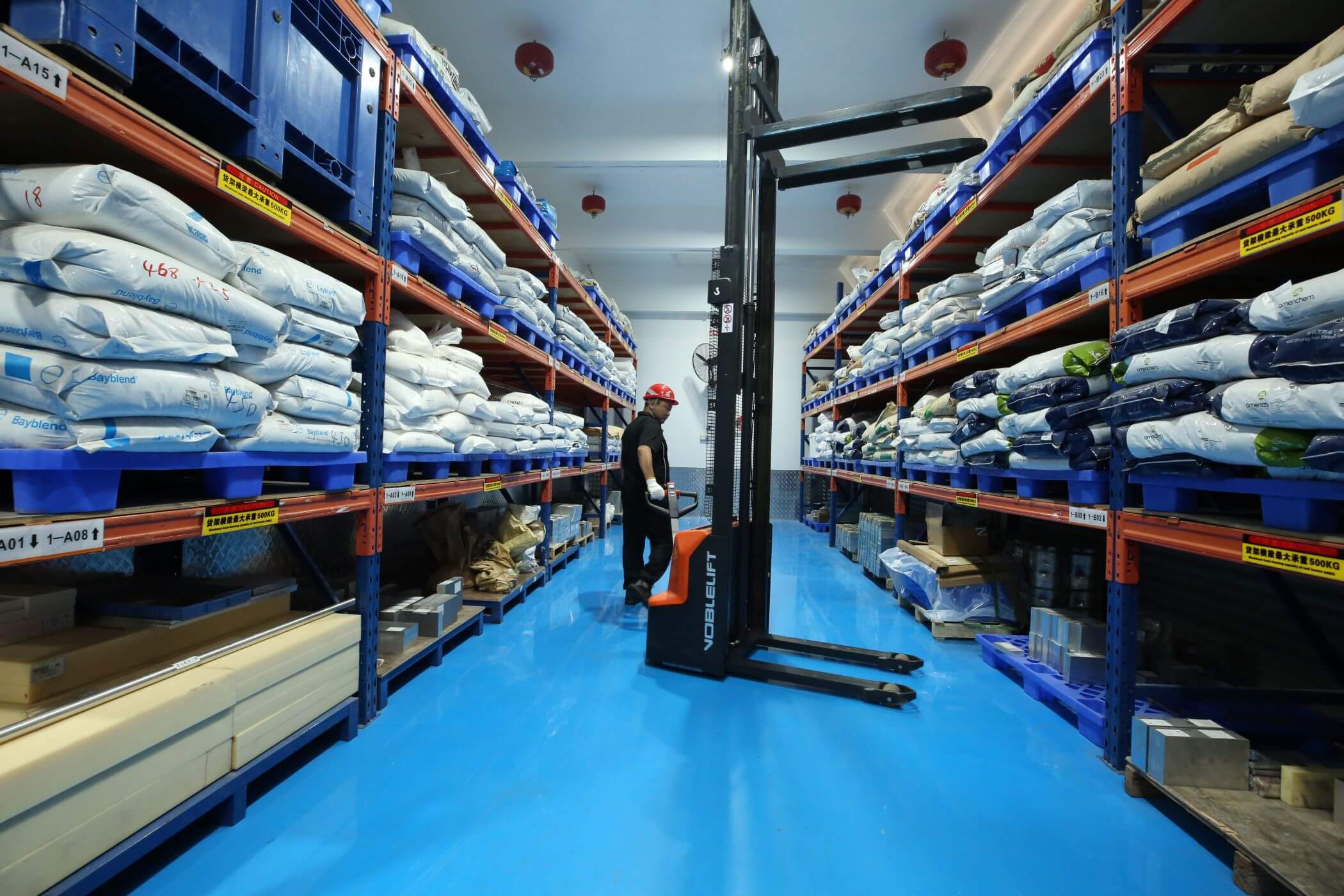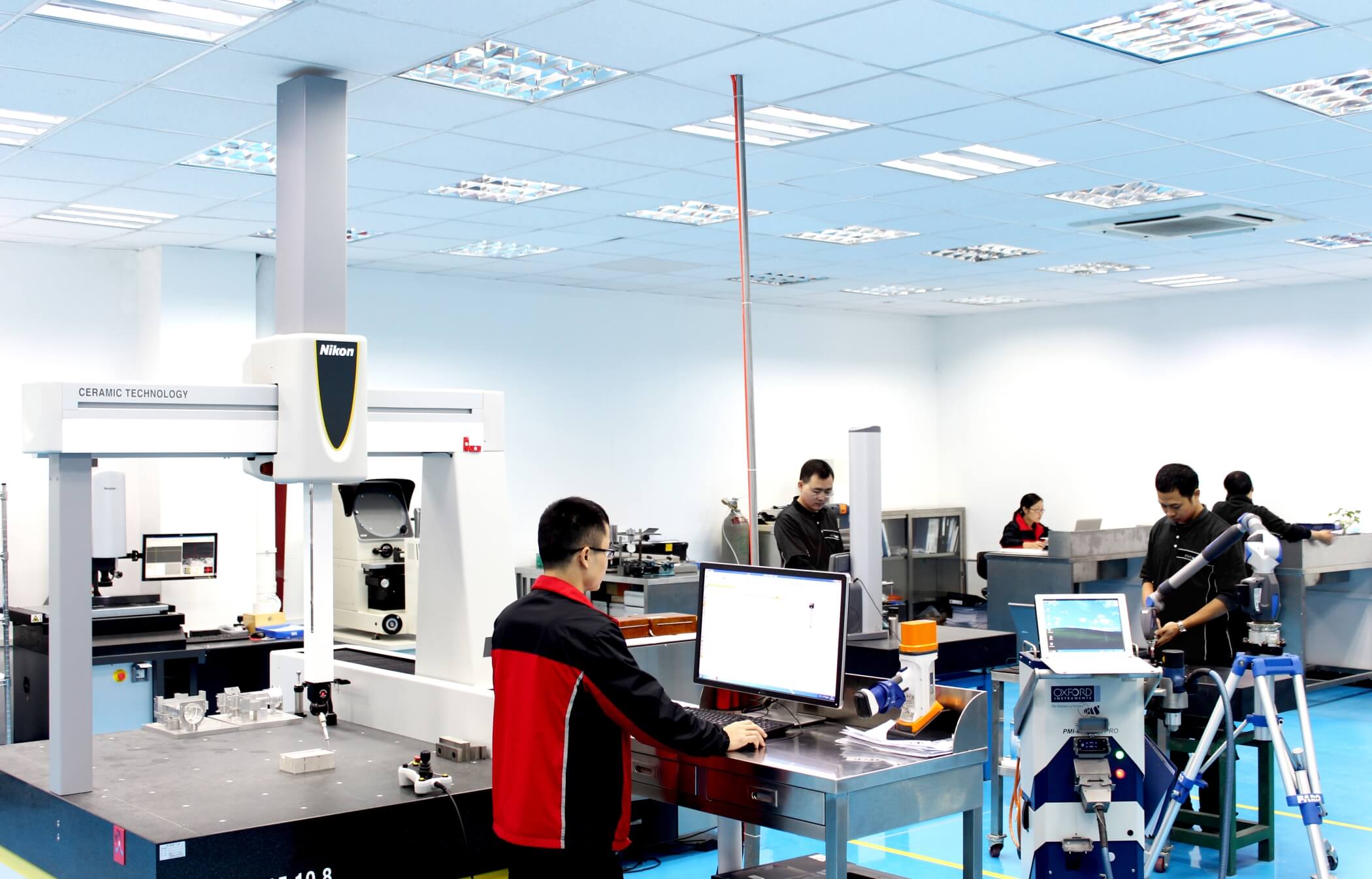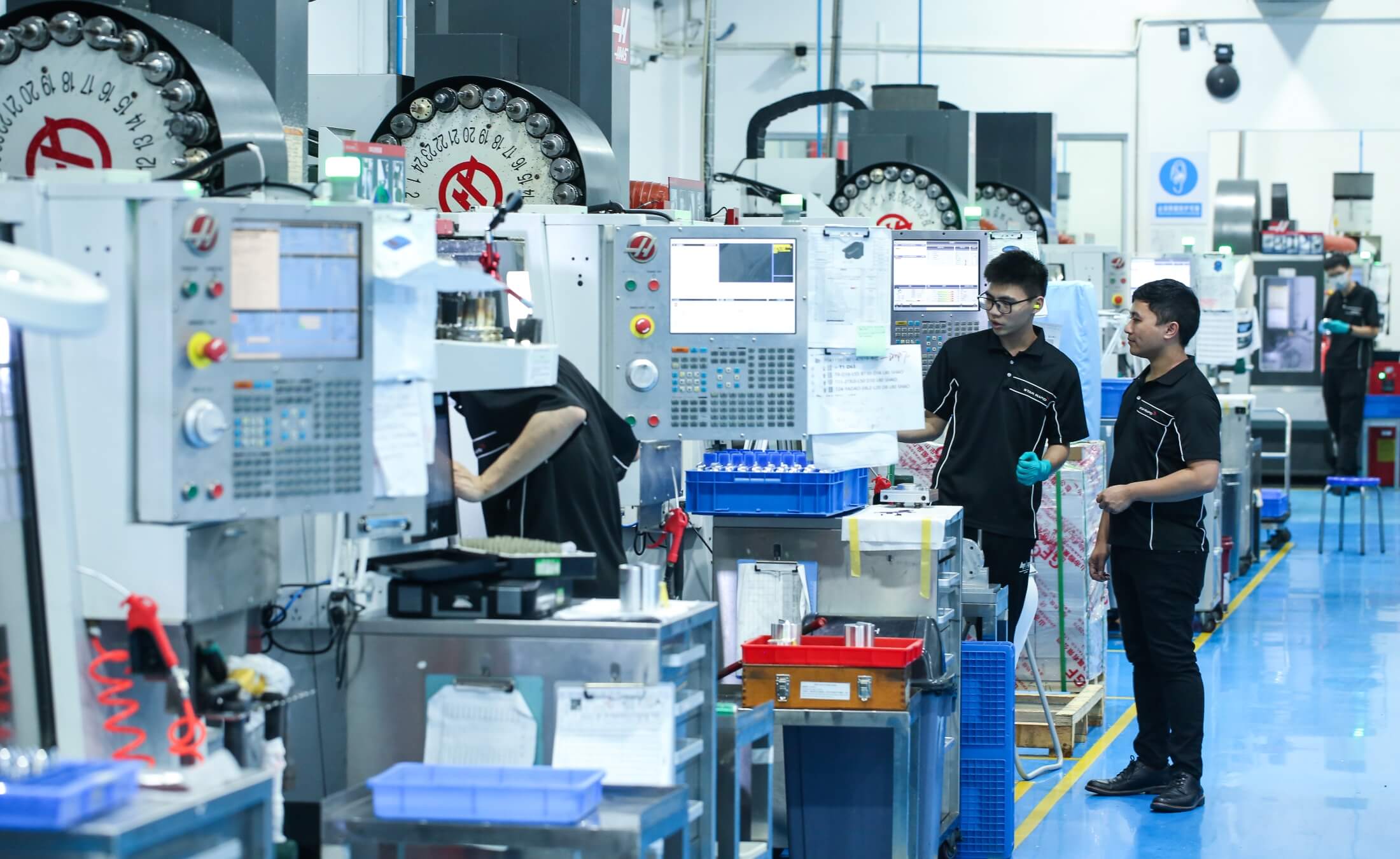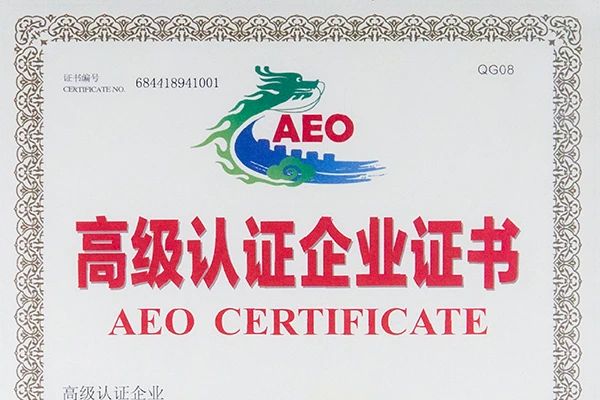We’ve talked before about color on a prototype, and the subtle ways that color affects our emotional response to a manufactured object. The final surface finish of a part is also important, not only for the mechanical fitness for a given application but also for the visceral appeal to the end user, although describing this phenomena is subject to more ambiguity. From the perspective of the engineer or metrologist, surface texture is spoken of in terms of roughness, waviness and lay. Roughness is the deviation of a surface from a nominal, flat ideal, and is considered high-frequency (essentially up and down perturbations) and short wavelength (relatively tightly spaced). Waviness is similar but takes place over a longer wavelength, more broadly spaced and periodic in nature. Lay is the predominant direction in which the surface irregularity is oriented. There are specific techniques for measuring these of course, but now we’re interested only in the aesthetic and tactile qualities.
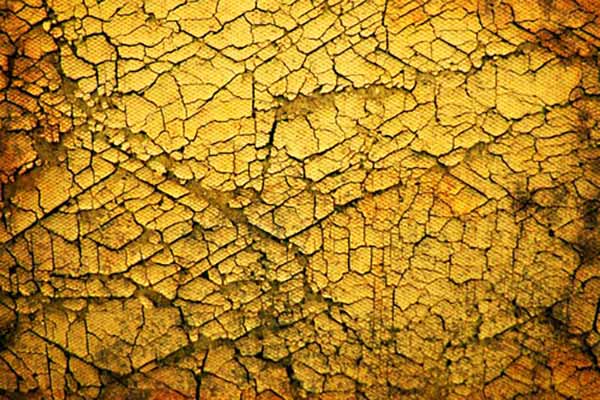
Close your eyes. Pick up a familiar object in your hand, maybe a cellphone, an orange, a set of keys or a wallet. How many ways can you think of to describe the surface texture? Now, no cheating. Don’t use any words relating to an object’s visual characteristics, only talk about what you can describe using your fingertips. You might come up with the obvious, like cracked or smooth, soft or hard. Metals might feel cold because they conduct heat away from your skin, while leather and some plastics will be warm because they insulate. But within those broad categories there are a myriad of fine gradations of sensation, although – unlike with visual perception – our vocabulary is not rich enough to contain them all.
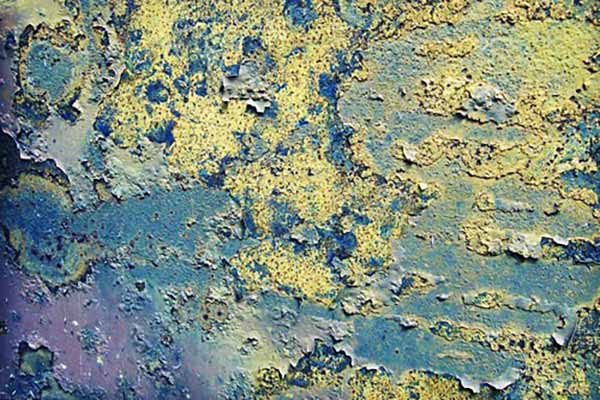
Ordinary people can tell that a surface is tacky, dense, hard, elastic and many other things besides. But with your eyes closed, do you always know if you’re touching rubber, wood, plastic, metal, stone, even another human hand? The fingers know, but it’s hard to say how they know.
Now open your eyes again. Without talking about what an object is, talk only about how the surface looks. Is it shiny, matte, glossy, translucent or reflective? Does the surface have grain, is it stippled or dimpled, pebbled or brushed, polished or painted or etched? Does it look coarse or fine, old and used up or brand new?
When you combine how a surface feels with how it captures and reflects light, regardless of its color, then you have some powerful tactile and visual information that conveys meaning about your product. Done right, the correct choice of surface finish can inspire the user to touch an object, carry it around in their pocket, hold it up to the light. Objects can look expensive and rich, or durable and robust, or cheap and disposable – depending entirely on superficial impressions of the hand and eye. Putting all of these impressions together gives you a sense of that elusive quality we call, well, quality. The quality of something is often judged entirely on its surface appearance and attention to fine detail, regardless of mechanical form and function.
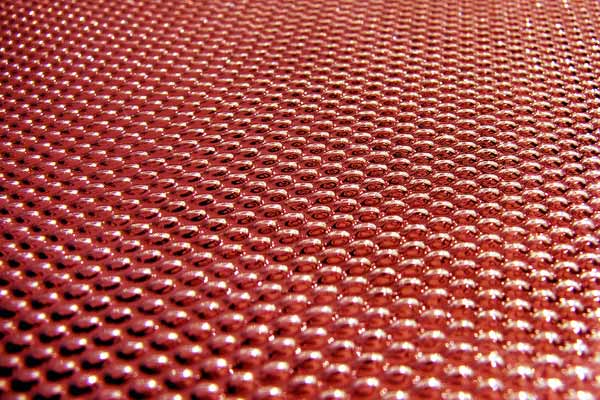
At Star we have any number of techniques for helping you achieve many types of surface finishes and textures, to give your prototype or production piece exactly the look and feel you want. We can anodize or buff, sand or vapor polish, paint or bead blast or wire brush to get just the right final finish to complement your design idea. Combine this with the full range of colors in our palette and you have a very rich library of design options to choose from in your next project. Contact us today for a free quote.
